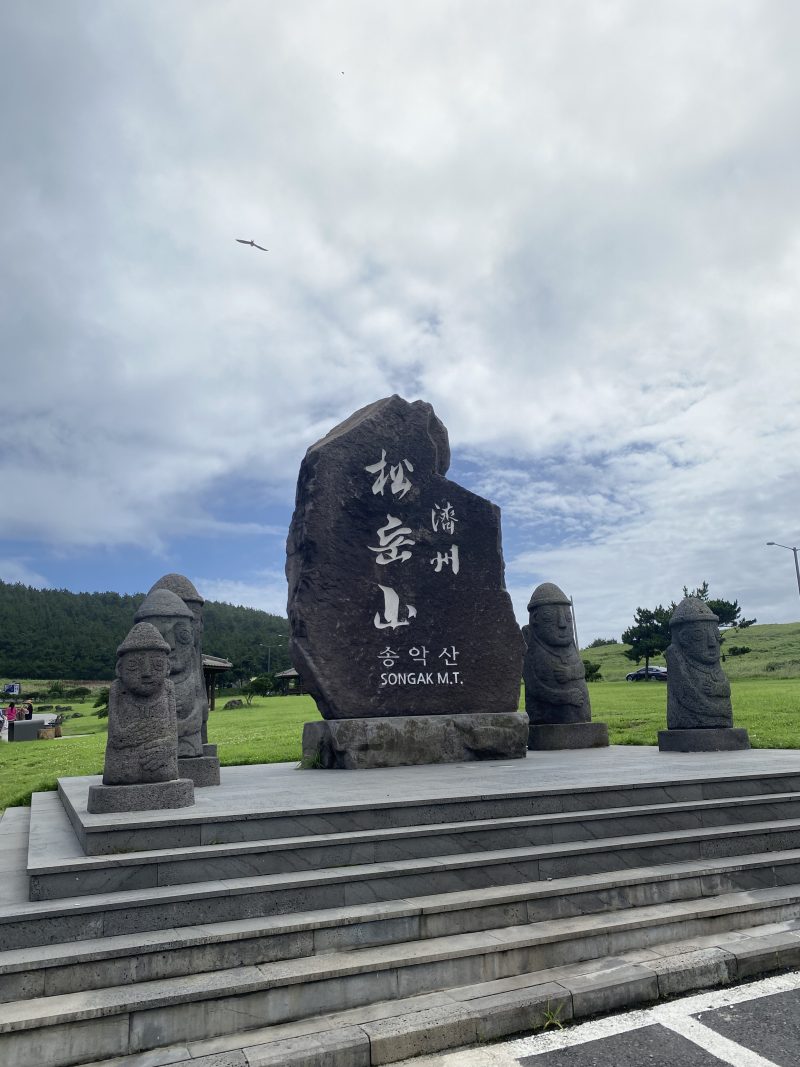Visiting 전쟁기념관 was an experience that taught me more about the Korean War and offered a perspective different from the education I received in the states. Before entering the Korean War section of the museum we explored the general Korean history area, and I noticed some stark differences between them. The Korean War exhibit was much darker, with far more graphics and dramatic ways of presenting information, such as a war archives display that was designed to look like a confidential file cabinet. Dimly lit rooms with sounds of gunfire housed life-sized models of soldiers openly bleeding from their wounds and staking out enemies. From the beginning, the atmosphere seemed as if it was priming me to receive the information more intensely.
In high school, my history education was very limited. We were informed of important historical events, but rarely went into deep detail about specific atrocities that resulted from them. I appreciate that the Korean War memorial, and the literature we have been reading during our program, have allowed me to learn about the Korean War at a depth to which I have not studied most historical events. At the memorial museum, one room discussed the student volunteers who were involved in the war, many of whom were underage. After reading about how many of them lost their lives to a war they voluntarily joined despite being children, I felt very heavy. For some reason the weight of the conflict was most apparent to me at this point. I remember thinking that if these students would sacrifice their youth to war — if their families would let them make that choice — then the sense of urgency felt by South Korean people at that time must have been incredibly powerful.
While I entered the memorial hoping to leave more educated, I also knew that because I was receiving a new side of the story I would have to be both open minded and critical. I noticed that most of the exhibit victimized South Korea in the way it presented information. Several graphics showed the stark difference in manpower and weaponry between the North and South, and it was emphasized several times that the North initiated the war. While it is mostly accurate to say that the South Korean people suffered greatly from a war they did not start, the same is true for the innocent citizens of North Korea. The neglect of information about how Western forces engaged in brutality against North Koreans makes it seem as if South Korean pain was the only pain felt during the war. Regardless of who “started it”, I find this unfair to individual victims.
The exhibit closed on a note that reemphasized the war’s lack of resolution, with a tone that seemed unwilling to consider compromise of its ideology. “North Korea holds onto its strategy of communizing the entire Korean Peninsula. The cruelty and brutality of the North Korean regime were witnessed during the Korean War. The regime has continued to commit brutal atrocities…” The final informational panels were by far the most politically charged. I was surprised by how distinct the tone could be felt by myself, a foreigner, and wondered how it would be perceived by a native Korean. I wonder if the historical information I have absorbed from institutions in the U.S. have been biased in a similar fashion, undetected due to my familiarity with the perspective. This visit was not only eye opening in terms of how I view the Korean War, but how I view the retelling of history in general, and I am very grateful for it.
– Ryan Copeland


